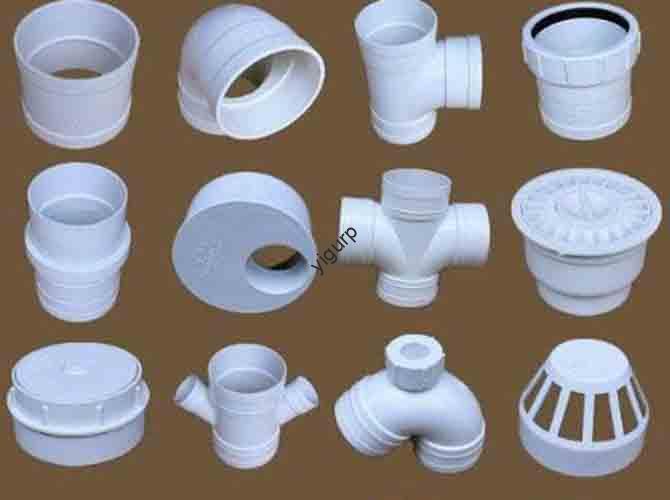Nel mondo frenetico di produzione additiva, 3D Printing DLP (Elaborazione della luce digitale) stands out as a game-changer for industries demanding precision, velocità, e qualità. This guide breaks down how DLP technology works, its unmatched features, Applicazioni del mondo reale, and why it’s becoming a top choice for engineers, designer, and manufacturers worldwide.
1. How Does 3D Printing DLP Work?
DLP 3D printing relies on a resina fotosensibile and a digital light chip to build parts layer by layer—with a key advantage: entire layers cure at once, unlike traditional “tracking” metodi (PER ESEMPIO., FDM o SLA). Di seguito è riportato una ripartizione passo-passo del processo, plus a comparison to conventional layer-curing techniques.
1.1 Step-by-Step DLP Printing Process
- Prepare the Setup: A build platform is positioned above a reservoir filled with resina fotosensibile.
- Project Layer Images: A DLP chip projects a high-resolution 2D cross-section of the part onto the resin surface.
- Cure Simultaneously: The exposed resin hardens instantly, forming one complete layer (no tracking needed).
- Layer-by-Layer Build: The build platform moves upward slightly, and the next cross-section is projected—repeating until the part is finished.
- Post-elaborazione: Rimuovere la parte, clean excess resin, E (se necessario) cure it further to boost strength.
1.2 Dlp vs. Traditional Layer-Curing: Speed Comparison
| Caratteristica | 3D Printing DLP | Traditional Tracking Methods (PER ESEMPIO., SLA) |
| Layer Curing Method | Entire layer cures at once | Laser tracks and cures one point at a time |
| Velocità di stampa | 2–5x faster for large-area parts | Più lentamente, Soprattutto per geometrie complesse |
| La levigatezza superficiale | Naturally smooth (post-elaborazione minimo) | Requires sanding/polishing |
2. Core Features of 3D Printing DLP
What makes DLP technology stand out? Its combination of precision, velocità, and versatility solves pain points for industries like healthcare, gioielli, e beni di consumo. Below are its most impactful features, with hard data to highlight performance.
| Caratteristica | Dettagli chiave & Benefici |
| Ultra-High Accuracy | Produces features as thin as 0.05 mm (50 micron) senza linee di strato visibili. Supporta geometrie complesse (PER ESEMPIO., tiny medical implants). |
| Finitura superficiale liscia | Achieves the smoothest surface among all 3D printing processes via digital polishing (combines software tuning and specialized resins). No sanding needed for most applications. |
| Post-elaborazione minima | Cuts post-work time by 60–80% compared to FDM/SLA. Only requires resin cleaning and optional final curing. |
| High-Speed Large-Area Printing | Cures entire layers in seconds (PER ESEMPIO., a 100x100mm layer cures in <10S). Ideal for batch production of small parts. |
| Elastomeric Material Support | Prints high-viscosity elastomeric resins (PER ESEMPIO., for flexible medical devices) that outperform traditional foam-based products in durability and precision. |
| Transparent/Clear Printing | Uses a holistic resin-machine approach to create clear or colored transparent parts (PER ESEMPIO., medical lenses, Involucri di elettronica di consumo) with no clouding. |
| Direct Colored Part Printing | Eliminates dyeing steps by printing colored parts directly. Transforms consumer industries (PER ESEMPIO., giocattoli personalizzati, gioielli) with faster time-to-market. |
3. Real-World Applications of 3D Printing DLP
DLP’s unique strengths make it indispensable across high-precision and fast-turnaround industries. Below are its top use cases, con esempi specifici.
3.1 Campo medico
- Odontoiatria: Creates corone dentali, ponti, e allineatori con precisione di 0,05 mm, che si adattano alla forma e all'adattamento del dente naturale.
- Strumenti chirurgici: Stampe personalizzate guide per impianti e calchi in gesso per la pianificazione pre-operatoria, riducendo il tempo di funzionamento di 30%.
- Dispositivi medici: Produce parti elastomeriche flessibili (PER ESEMPIO., rivestimento protesico) che sono più comodi e durevoli rispetto alle alternative tradizionali.
3.2 Jewelry Industry
- Prototipazione di modelli in cera: Stampa rapidamente modelli in cera per la fusione a cera persa, riducendo i tempi di realizzazione della prototipazione 3 giorni a 4 ore.
- Gioielli in metallo personalizzati: Consente disegni complessi (PER ESEMPIO., pendenti con microfantasia) impossibili con le lavorazioni tradizionali.
3.3 Other Key Industries
- Progettazione del prodotto: Creates fine-part prototypes (PER ESEMPIO., Componenti elettronici) for testing form and function.
- Giocattoli & Models: Prints high-detail, colored models (PER ESEMPIO., collectible figurines) directly—no painting or assembly needed.
- Aerospaziale: Produces small, parti precise (PER ESEMPIO., Alloggi per sensori) with lightweight and high-strength resins.
Yigu Technology’s Perspective on 3D Printing DLP
Alla tecnologia Yigu, vediamo 3D Printing DLP as a cornerstone of next-gen additive manufacturing. La sua capacità di bilanciare la velocità, precisione, and material versatility addresses our clients’ biggest challenges—from reducing medical device lead times to enabling custom jewelry mass production. We’ve integrated DLP into our solutions to help industries cut costs by 40–50% while improving part quality. As resins and DLP chips advance, we expect DLP to dominate high-precision sectors like micro-medical devices and luxury goods in the next 3–5 years.
Domande frequenti: Common Questions About 3D Printing DLP
- Q: Is 3D Printing DLP more expensive than other 3D printing methods?
UN: Initial machine costs are higher than FDM, but DLP saves money long-term via faster printing, Meno post-elaborazione, and lower material waste (30–50% less than SLA).
- Q: Can DLP 3D printers use standard resins, or do they need specialized materials?
UN: While some basic resins work, DLP performs best with DLP-optimized resins (PER ESEMPIO., elastomeric, trasparente, or high-precision variants) to unlock its full potential (PER ESEMPIO., superfici lisce, trasparenza).
- Q: What’s the maximum part size DLP 3D printers can produce?
UN: Most consumer/professional DLP printers handle parts up to 200x200x300mm. Industrial models can print larger parts (up to 500x500x600mm) for aerospace or automotive applications.
